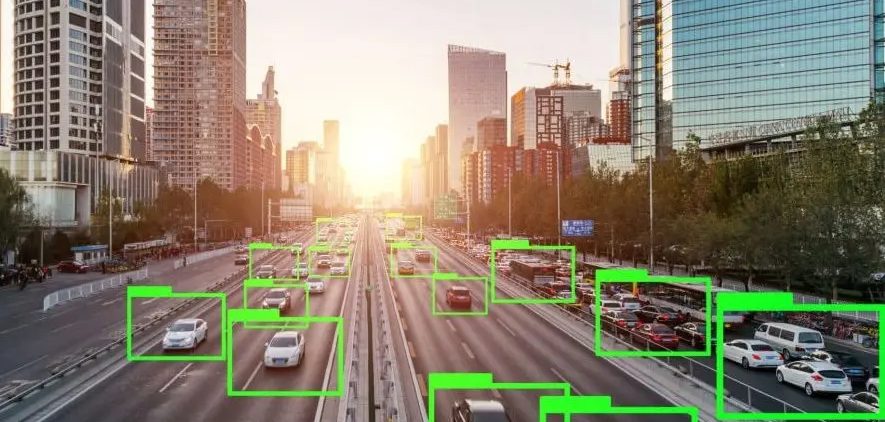Technology company Autotech has concluded a two-year research project exploring how autonomous cars handle rural roads around Hong Kong, where the company is based. The Theia AI project, which started in October 2018 in the eastern region of Hong Kong, tested how autonomous vehicles could deal with less inhabited suburban and rural areas.
The project involved two key trials. The first saw Autotech create an on-demand and shared car service using autonomous Theia AI electric cars, to provide a link between Lohas Park train station and Kowloon Bay east of the city. The autonomous cars were tested across various operating conditions. The second trial was a shuttle service stopping at predetermined locations around the region.
“Rural and more remote areas have previously posed a challenge to autonomous cars as roads often lack markings and road signs, while narrow streets, roundabouts and tunnels can make things tougher for the car. Also, these challenges are not consistent as they are in urban environments,” explained Cheng Jun, chief executive officer at Autotech.
The ultimate goal of the project, states the company, was for an autonomous car to drive the 10km journey from the train station to the suburban area, following a route featuring a range of commonly encountered obstacles.
It notes that its engineers were able to track and control the autonomous cars to an accuracy of 100mm, enabling them to ensure they continued on the right route, while handling restricted roads and those without painted road markings.
“We have now completed the research project which has allowed our engineers to further enhance our Theia AI autonomous cars with even more ability to view the areas surrounding the vehicle in its 360° field. It now means our cars can observe more objects and obstacles in real time,” added Yuan Wuhan, chief technology officer at the company.
According to Autotech, the autonomous cars were also able to handle occasional loss of the GPS signal during testing and operated at speeds which are considered ‘safe’ by regular drivers. It added that featured infrastructure components such as linked traffic signals and road cameras, which communicated with the vehicles, allowing them to view obstacles beyond their regular field of vision, were also evaluated.


